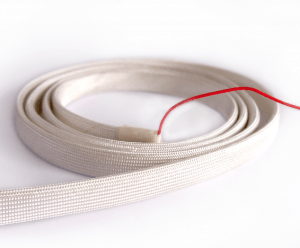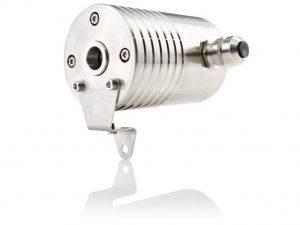A resistance temperature detector is a temperature sensor, also known as an RTD or resistance thermometer. Conductors attach the sensing element to the measurement instrument. Insulation and a protective sheath make up an RTD.
The linear relationship between temperature and resistance make this type of temperature sensor accurate and repeatable. The type of metal used in RTD construction, plus the thermal insulation, can dictate the temperature range at which the RTD can be used. An RTD’s sensing feature is an electrical resistor that changes resistance value as temperature changes. The transition in resistance with temperature occurs predictably.
An RTD’s sensing feature is usually made up of a wire coil or a substrate with a platinum etched film. The electrical resistance can be measured from a distance away from the method or material being measured thanks to extension wires connected to the sensing element. The sensing factor is enclosed in a protective sheath (usually stainless steel). Platinum is the most used material.
There are two main approaches for RTD construction. The most popular process is to insert the RTD part and wires into a metal tube with a closed-end. The tube is filled with a vibration dampening and heat transfer medium, typically alumina powder. The open end is sealed with silicone, epoxy, or ceramic cement.
A mineral insulated metal is an alternative building tool.
A mineral insulated metal sheath (MIMS) cable is an alternative construction process. The RTD element is connected to nickel or copper wires that are insulated with Magnesium Oxide (MgO). This end is also electrically insulated with MgO and welded shut. Before sealing, extension wires are connected to the other end.



